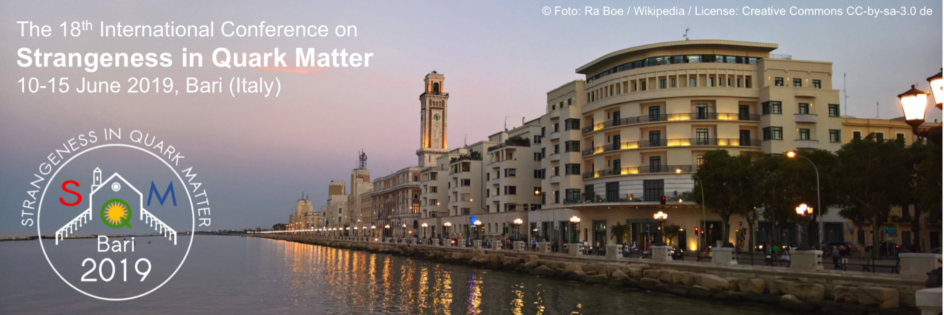Speaker
Description
Suppression of the production yield of $\Upsilon$ states in heavy-ion collisions relative to expectation from p+p collisions is a tool for studying the properties of quark-gluon plasma. Such suppression is expected to be caused by Debye-like screening of color charges happening at a high temperature in the plasma. In order to correctly interpret this effect, the $\Upsilon$ production mechanism itself has to be well understood. This is still an open question which can be studied in p+p collisions. Recently, an interesting strong dependence of normalized quarkonium production yields on normalized charged particle multiplicity has been observed. By studying such a dependence for $\Upsilon$ an insight can be gained into the interplay of hard and soft QCD processes affecting the quarkonium production.
This poster will present the results of $\Upsilon$ production measurements in p+p collisions from the STAR experiment. The $\Upsilon$ rapidity distributions will be shown both at $\sqrt{s} = 200\:\mathrm{GeV}$ and $\sqrt{s} = 500\:\mathrm{GeV}$. The data at $\sqrt{s} = 500\:\mathrm{GeV}$ allowed the separation of $\Upsilon(1S)$ and $\Upsilon(2S+3S)$ and to obtain the corresponding transverse momentum spectra. The cross section ratios will be presented. Finally the normalized $\Upsilon(1S)$ yield is studied as a function of normalized charged particle multiplicity. All the presented results will be compared to theoretical production models.
| Track | Heavy Flavour |
|---|---|
| Collaboration name | STAR |
